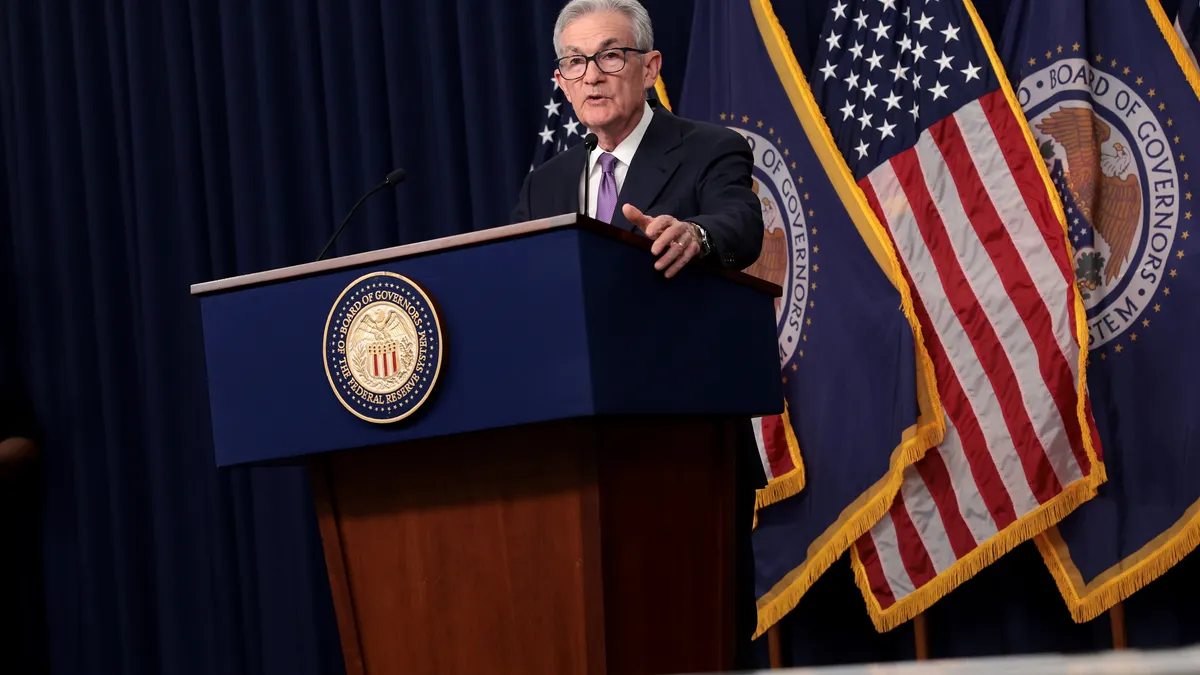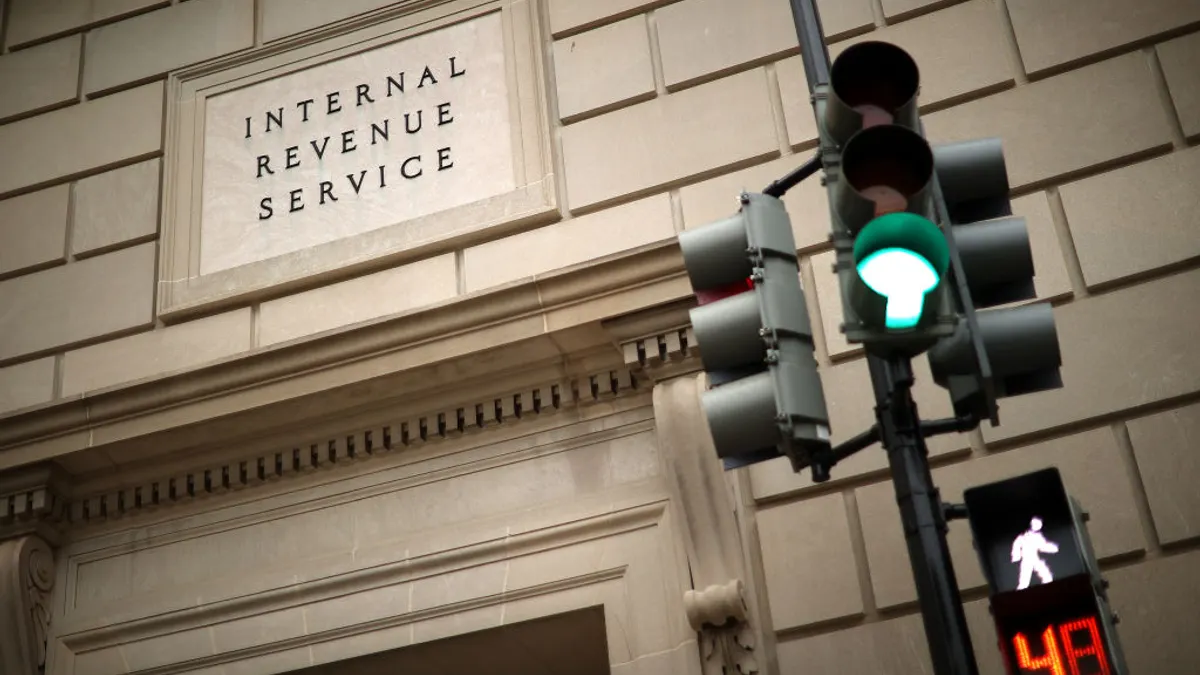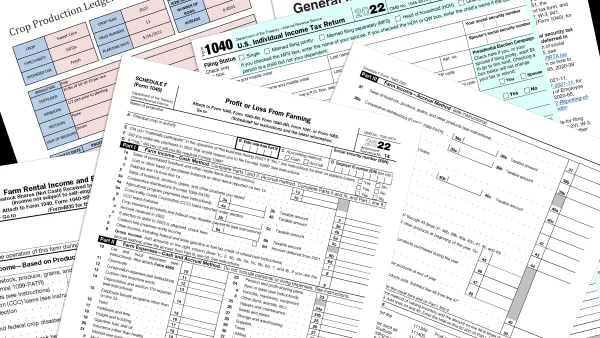CFOs are already busy preparing for next year, keeping their eyes on the macroeconomic headwinds and challenges which could impact their business and financial operations. However, as finance chiefs ready the stage for 2024, they’re keeping their spotlight focused in an area that occupied much of their attention in 2023: as it is today, “it's going to be all about the Fed in in 2024,” Stephen Philipson, head of global markets and specialized finance at U.S. Bank said.
In conversations with CFOs, finance chiefs are highlighting two areas consistently — a slowdown in their business, and the “burden of higher interest rates,” Philipson said during an interview.
Answering the magic question
In their effort to dampen inflation, the U.S. Federal Reserve has hiked up rates from near-zero to a range between 5.25% and 5.5% since March 2022, with CFOs racing to adjust their companies’ financial strategies to stay effective in a high-rate environment not seen for decades.
For many companies, where the federal funds rate is — and in turn, where the secured overnight financing rate (SOFR) stands — is critical, as “their debt structures are oftentimes heavily weighted towards floating rate … and so you hear very frequently that the weight of higher interest rates is starting to weigh on them,” Philipson said. Philipson joined U.S. Bancorp in 2009 and assumed his current role in April, according to his LinkedIn profile.
CFOs are therefore still keeping their attention on the Fed as they marshal their plans for a new year where they will continue to face many of the same challenges they wrestled with in 2023, including talent shortages, cost pressures and the impact of geopolitical turmoil.
Many are reporting optimism about the Fed’s efforts heading into 2024; though inflation remains elevated, the economy has started to cool in recent months, bolstering forecasts that the Fed could achieve a “soft landing” where inflation is reined in without causing a recession, CFO Dive previously reported. The Fed left interest rates unchanged for the third consecutive time on Dec. 13, though Chair Jerome Powell noted the central wanted to retain the option of tightening should the need arise.
The consensus among businesses appears to be that we have likely reached the end of the rate hiking cycle, Philipson said.
“There is an element that you've gotten to the top of the mountain in terms of what the Fed has been doing, and you've been climbing uphill against this headwind of the Fed and inflation, and it feels like we've gotten to the top and are now going to start to climb down the other side,” he said. “And that just leads to optimism.”
The Fed indicated earlier this month that it will likely cut rates three times next year, but the magic question CFOs are trying to answer now ahead of 2024 is, “how much does the Fed cut?” Philipson said. It’s the pace and the magnitude of those cuts that will really have an impact on markets and balance sheets, Philipson said.
Cost controls are still top of mind
As they look for signs regarding the timing and scope of coming rate cuts, CFOs are also still keeping a tight grip on their organizations’ expenses; expense management is one of the things finance chiefs can control in this type of environment, Philipson said.
Finance leaders have begun to pivot away from a focus on revenue growth and toward cost controls, according to a survey of CFOs, treasurers and other top financial executives released by U.S. Bank in October — effectively, with CFOs in “defense mode,” Philipson said in an October press release.
Continuing to tighten the reins on areas including operating expenses or those in the financial function will continue to be a priority for CFOs moving into 2024, he said, as well as “thinking about hedging strategies, working capital strategies, to manage expenses,” he said.
However, even as finance chiefs look to balance costs, they are also working to keep pace with their fellow executives in terms of new innovations and technologies — at this point, investments in artificial intelligence are really table stakes, Philipson said.
“I think across industries, everyone needs to figure out how to invest and where to invest,” he said of AI. “But it's coming at a point where everyone is watching overall expenses, so I think there are puts and takes just in the course of the business cycle that are going to allow that.”
Ongoing labor shortages and human capital needs can also impact companies’ strategies when it comes to investing; cracks in the labor market have begun to show recently, with attrition levels slumping following large-scale layoffs by businesses in various industries.
“I think you're going to have that cost pressure around labor start to come down, which will probably allow for some opportunities to redeploy and make more investments in technology, and in particular, in AI,” Philipson said.






















